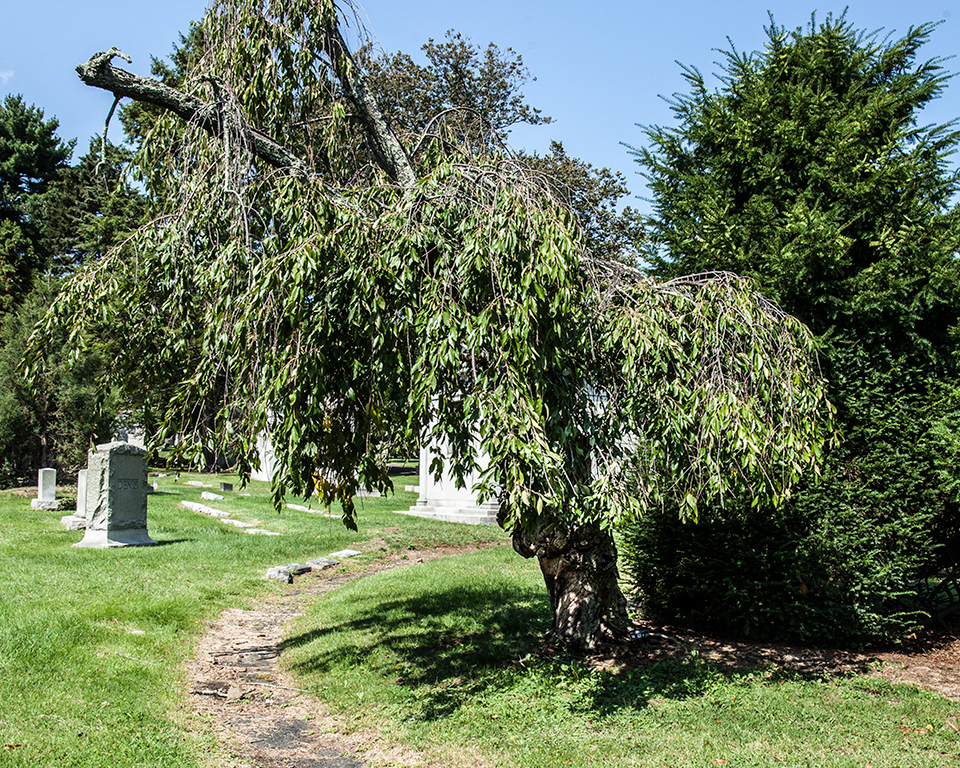PRUNUS SUBHIRTELLA – CHERRY, HIGAN

Higan cherry has a fairly rapid growth rate and prefers an open, sunny location sheltered from wind. The tree grows in any garden soil and transplants easily when young. Provide plenty of open soil space for growing this tree. Trees can develop poorly in restricted soil areas. The pink flowers appear in the spring before the leaves.
A regular fertilization program with slow release nitrogen is recommended to keep plants vigorous. Too much nitrogen in the soluble form could stimulate sprouting. This plant is considered mostly allergy free and causes little or no allergy problems in most people. Foliage from most members of this genus is considered poisonous when ingested. Cherries compartmentalize decay poorly meaning that decay can spread rapidly inside the tree following mechanical injury to the trunk or removing large branches.
Provide good drainage in an acidic soil for best growth. Crowns become one-sided unless they receive light from all around the plant, so locate in full sun. Select a different plant if soil is poorly drained, but otherwise cherry adapts to clay or loam. Roots should be kept moist and should not be subjected to prolonged drought. Trees live longer than many other cherries.
Higan Cherry should be grown in full sun or partial shade on well-drained, acid soil with sufficient moisture. It is moderately drought-tolerant and grows well in clay soil, as long as it drains well. Trees grow quickly when young but slow down with age. It could be planted along a residential street where there is plenty of soil for root expansion. It is becoming available in the industry. Plants perform best on north facing slopes in the Rocky Mountain region.
This plant is moderately damaged by Japanese beetles.

